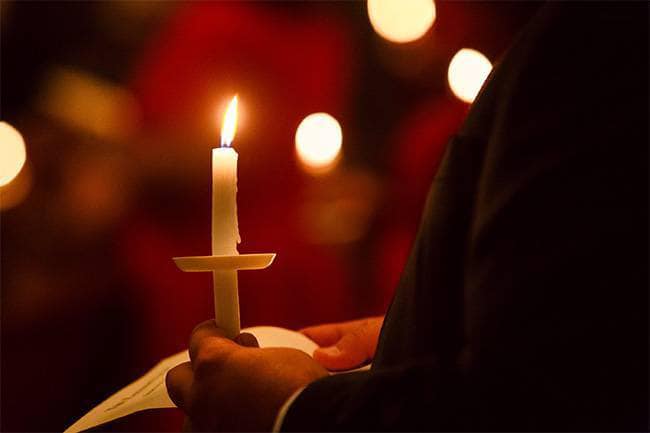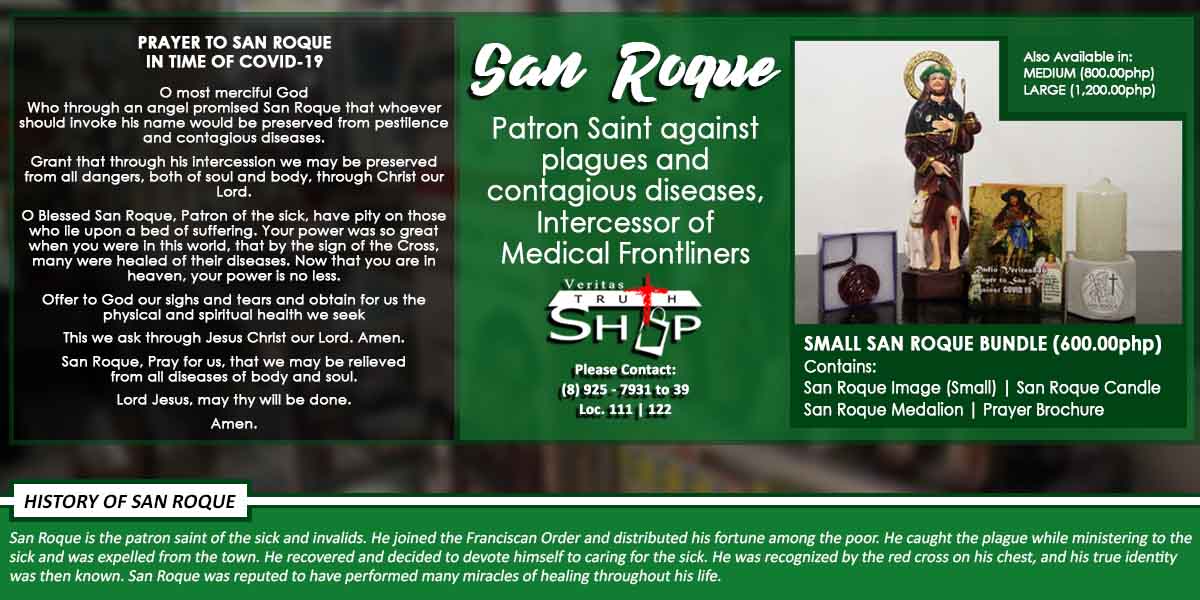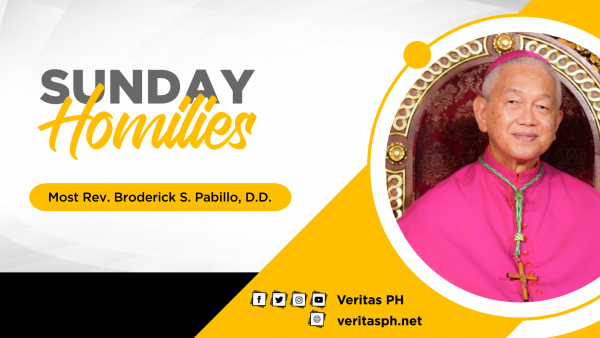305 total views
Homily for Wednesday of the 4th Wk in Ordinary Time, Feast of the Presentation of the Lord, 02.02. 2022, Lk 2:22-40
Today’s feast day is better known to many Catholic Christians as the fourth mystery of the Rosary, the “Presentation of the Lord.” The Mass offered on this day is also traditionally called the CANDLEMAS. In Spanish they refer to it as CANDELARIA, with a lighted candle as symbolism for the Messiah who is being presented and proclaimed by Simeon as LIGHT TO THE GENTILES.
We hear about Joseph and Mary bringing the baby Jesus to the Jerusalem temple and making an offering as prescribed by the law of Moses. This is a Jewish practice that goes back to the story of the last plague that finally led to the liberation of the Israelites from slavery in Egypt. That tenth plague was about the passage of an angel of death that claimed the lives of all the firstborn animals and human beings. It was supposedly what pressured the Egyptians to finally set the Hebrew slaves free. (See Exod 13.)
To save their own firstborn children from being killed by the passing of the angel of death, the Israelites were supposedly instructed by Moses to sacrifice an animal that would substitute for their first born—a year-old lamb. (Later they would tolerate a pair of turtle doves or two young pigeons for the poor who could not afford a lamb. Lev 12:8)
They were also told to sprinkle the bood of the lamb on the doorposts of their houses, so that, on seeing the blood of the lamb, the angel of death would “pass over”, meaning, skip their homes. And so they called that feast “Passover”, because on that day, the angel of death passed over their homes and spared the lives of their own firstborn children.
This is where the idea of REDEMPTION originally comes from. How the lives of the firstborn children of the Hebrew slaves were saved through the suffering and death of a sacrificial animal. The idea is called SUBSTITUTE SUFFERING or REDEMPTIVE SUFFERING. It is what eventually inspired the prophet Isaiah to write his most important oracle in chapter 53, about a righteous Servant who brings about redemption by his own suffering and death. It was also this oracle that helped the early Christians make sense of the undeserved suffering and death of Jesus on the Cross as a ransom, a sacrificial offering for the salvation of sinners.
In his story of the presentation of the child Jesus, Luke introduces two elderly people: Simeon and Anna, who both speak prophetically about the mission of this child, how this child’s own life will presented as a sacrificial offering for the redemption, not just of Israel but all humankind. And how this child’s destiny will make his own mother suffer.
The prophecy of Simeon has become known by its Latin title, NUNC DIMITTIS because it says, “Now you may dismiss your servant (meaning, let your servant die in peace) because you have allowed me to see with my own eyes what I have been waiting for: ‘a light to reveal you to the nations and the glory of your people Israel.”
St. Luke is borrowing these words two other oracles in Isaiah 42 and 49 about the redeeming mission of the Suffering Servant. Both speak about the servant’s mission to serve as “light to the nations,” through which God’s grace of salvation would reach the ends of the earth, meaning, all humankind.
That should explain to you why the lighted candle has become our symbol for the presentation. In the midst of so much evil in this world, we are often tempted to give in to despair. Our faith teaches us to stubbornly hold on to the light of God’s love, mercy and forgiveness especially when we are so disheartened by the toxicity of anger, hatred and resentment.
We ritualize this through the gesture of candle lighting at baptism. The priest lights a candle from the Paschal candle which symbolizes Christ and gives it to the parents and godparents of those who are being baptized and says, RECEIVE THE LIGHT OF CHRIST. And then follows the instruction, “This light is entrusted to you to be kept burning brightly. This child of yours has been enlightened by Christ. He (she) is to walk always as a child of the light.” .
The candle’s light is supposed to be a symbol of a new life that has just been given by Christ, the “Light of the World,” a light that should never be extinguished; a light that should never be hidden under a bushel basket, but rather made to shine out in order to drive away the darkness in this world. But the original idea of the redeeming death of the sacrificial lamb is not lost on the symbolic lighted candle that burns to give light. In short, anyone who becomes part of the Redeemer’s mission of giving light, must be ready to endure burning, down to the last drop.


















